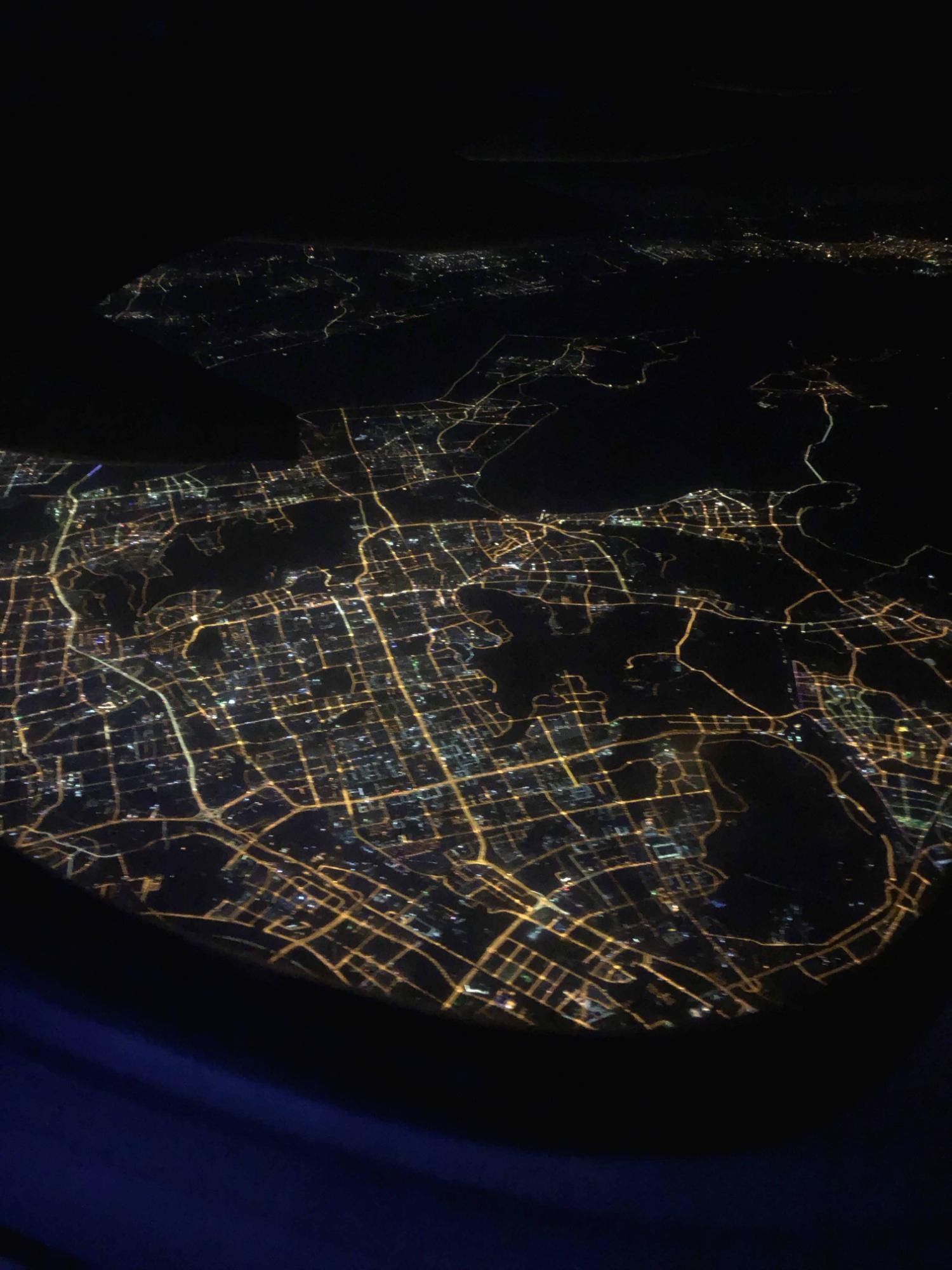검색결과 리스트
전체 글에 해당되는 글 12건
- 2020.07.31 [iOS] - Storyboard와 SwiftUI 없이 Project 만들기
글
[iOS] - Storyboard와 SwiftUI 없이 Project 만들기
iOS
2020. 7. 31. 21:27
● 주제 : Storyboard를 사용하지 않고 소스만으로 프로젝트를 만들어 보려 합니다.
- 왜 Storyboard 없이 소스만으로 프로젝트를 만들려고 할까?
- git과 같은 형상관리 툴을 사용해서 협업을 할 때 심심 찬 게 Storyboard의 영역에서 충돌(conflict)이 발생하고, 이를 해결하기 위한 시간적 비용도 많이 소비됩니다.
- 복잡한 Layout을 표현할 때 소스로 구현하면 제약조건(Constraint)을 쉽게 적용하고 추적할 수가 있습니다. 소스로 구현하다 보면, 자연스럽게 ViewController도 재사용을 하게 되고요.
- 할 일
- 프로젝트 만들기
- sceneDelegate 삭제 (프로젝트에 등록된 정보와 소스파일 삭제)
- 새 ViewController 만들기 ("MyRootView.swift" , "MyRootView.xib" 생성과 두 파일과의 연결)
- AppDelegate 수정 (앱의 기본 화면이 될 "MyRootView"와 UINavigationController를 등록)
- 프로젝트 만들기 - 아래 그림과 같이 User Interface의 값은 "Storyboard"로 설정합니다.

- sceneDelegate 등록 정보 삭제 - "Info.plist"의 Application Scene Manifest" 항목 삭제 -> "-" 버튼 눌러서 프로젝트에 등록된 기본 화면 정보를 삭제합니다.

- sceneDelegate 소스 파일 삭제 - 위 내용에 이어서 실제 "sceneDelegate.swift"파일을 삭제합니다.

- 새 ViewController 만들기 : "MyRootView.swift" - 새 파일 만들기 메뉴 경로 "File -> New -> File..."로 이동하여" "Swift File"을 선택하고, "Next"버튼을 누른 후 "MyRootView.swift 2)"처럼 Save as에 MyRootView와 같이 파일명을 입력 후 "Create" 버튼을 누릅니다.


- 새 ViewController - "MyRootView.swift" 파일 작성
//UIKit 추가
import UIKit
import Foundation
//Class 생성과 UIViewController 상속
class MyRootView: UIViewController {
//viewDidLoad 오버라이드
override func viewDidLoad() {
super.viewDidLoad()
// 실행시 초록색 화면이 보입니다. (메인화면을 잘 봐꿨는지 확인용.)
self.view.backgroundColor = UIColor(red: 0, green: 1, blue: 0, alpha: 0.3)
}
}
- 새 ViewController 만들기 : "MyRootView.xib" - 새 파일 만들기 메뉴 경로 "File -> New -> File..."로 이동하여" "View"를 선택하고, "Next"버튼을 누른 후 "MyRootView.xib 2)"처럼 Save as에 MyRootView와 같이 파일명을 입력 후 "Create" 버튼을 누릅니다.


- 새 ViewController 만들기 : "MyRootView.xib의 File's Owner의 Custom Class에 MyRootView.swift 연결"


- AppDelegate 수정 - "UISceneSession Lifecycle"의 관련된 내용을 삭제합니다.
- 참고로, SwiftUI는 이전 버전과의 호환성이 없는 문제점이 있습니다. (단지 제 의견이다만,) 시간이 지나고 SwiftUI 가 조금 더 다듬어지고 유연해진다면 SwiftUI는 대중화될 것입니다. 하지만 하위 버전의 호환성을 고려하지 않고 개발하는 경우가 아니면 호환성을 고려해서 SwiftUI를 덜어 내는 것이 정신 건강상 좀 더 좋을 것 같습니다. ^^;
import UIKit
@UIApplicationMain
class AppDelegate: UIResponder, UIApplicationDelegate {
func application(_ application: UIApplication,
didFinishLaunchingWithOptions launchOptions: [UIApplication.LaunchOptionsKey: Any]?) -> Bool {
// Override point for customization after application launch.
return true
}
/** 여기부터 지움... (UISceneSession 관련 내용)
// MARK: UISceneSession Lifecycle
func application(_ application: UIApplication,
configurationForConnecting connectingSceneSession: UISceneSession,
options: UIScene.ConnectionOptions) ->
UISceneConfiguration {
// Called when a new scene session is being created.
// Use this method to select a configuration to
// create the new scene with.
return UISceneConfiguration(name: "Default Configuration", sessionRole: connectingSceneSession.role)
}
func application(_ application: UIApplication,
didDiscardSceneSessions sceneSessions: Set<UISceneSession>) {
// Called when the user discards a scene session.
// If any sessions were discarded while the application was not running,
// this will be called shortly after application:didFinishLaunchingWithOptions.
// Use this method to release any resources that were specific to the discarded scenes,
// as they will not return.
}
여기까지... (UISceneSession 관련 내용)
*/
}- AppDelegate 수정 - MyRootView와 UINavigationController 등록
import UIKit
import Foundation
@UIApplicationMain
class AppDelegate: UIResponder, UIApplicationDelegate {
// rootViewController에 navigation 을 등록할 UIWindow.
var window: UIWindow?
// 화면 이동과 화면 이력을 관리할 UINavigationController 추가.
var navigation : UINavigationController? = nil
// 앱이 시작 할 때 보여 줄 기본 화면 (이름을 MyRootView 로 정함.)
var myRootView : MyRootView!
func application(_ application: UIApplication,
didFinishLaunchingWithOptions launchOptions: [UIApplication.LaunchOptionsKey: Any]?) -> Bool {
// Override point for customization after application launch.
// 아래 내용 작성.
myRootView = MyRootView()
navigation = UINavigationController.init(rootViewController: myRootView)
// 상단 네비게이션바 숨김.
navigation?.setNavigationBarHidden(true,animated: false)
window = UIWindow(frame: UIScreen.main.bounds)
window?.rootViewController = navigation
return true
}
/** 여기부터 지움... (UISceneSession 관련 내용)
// MARK: UISceneSession Lifecycle
- 결과 화면 - 위 MyRootView의 배경색 설정이 적용된 ViewController로 적용이 되어서 실행되는 것을 확인할 수 있습니다.

*^^* 여기까지 읽어주신 독자님께 감사드립니다. iOS 개발을 배워 나가며 쓰는 글입니다. 글의 내용 중 틀린 내용이 있거나 부족한 점 있다면 귀뜸 부탁드립니다.
다음 글은 Snapkit의 project 등록과 사용법 공부해 보겠습니다.
'iOS' 카테고리의 다른 글
| [iOS] - UITextView (0) | 2020.08.02 |
|---|---|
| [iOS] - UILabel (0) | 2020.08.02 |
| [iOS] - SnapKit : Layout 정리 (0) | 2020.08.01 |
| [iOS] - CocoaPods(코코아팟), Xcode의 Library 관리 (0) | 2020.08.01 |
